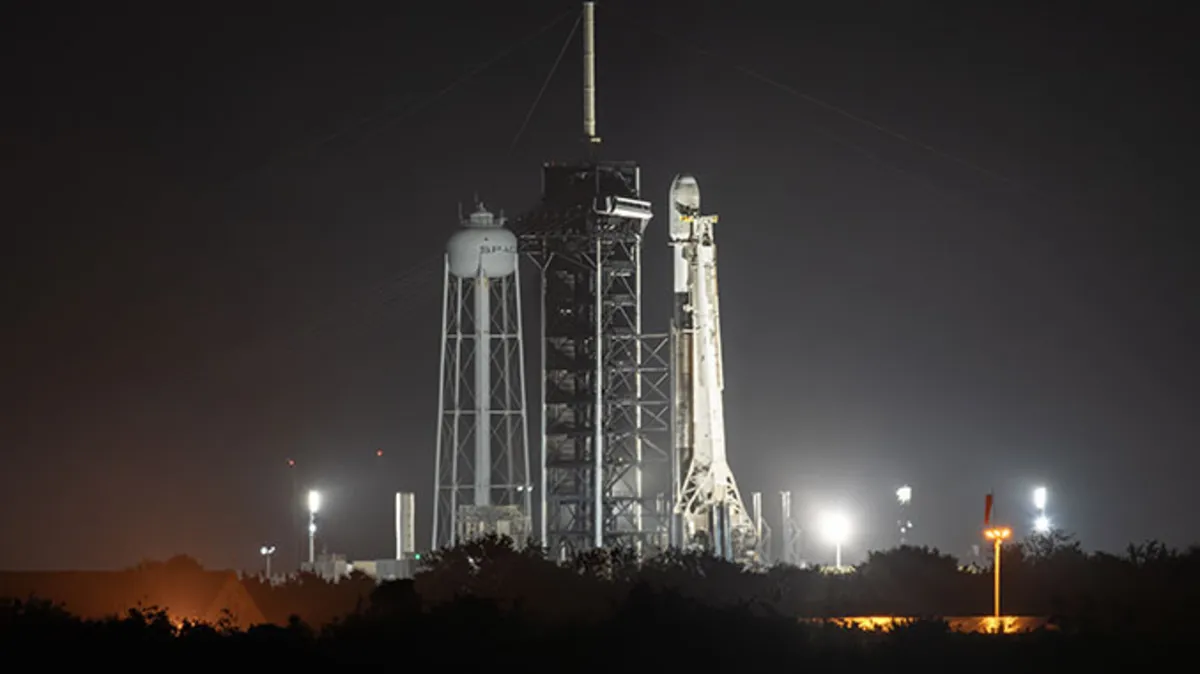
SpaceX is gearing up for an exciting milestone as it prepares to launch its largest batch of Starlink V2 Mini satellites to date. The upcoming mission, known as Starlink 6-84, will carry 29 advanced satellites, referred to by the company as Starlink V2 Mini Optimized. These innovative satellites, first announced in the company’s 2024 Progress Report, are designed to enhance the capabilities of the Starlink network.
The liftoff is scheduled for Sunday, May 4, at 4:53 a.m. EDT (0853 UTC) from Launch Complex 39A at NASA’s Kennedy Space Center. Once the rocket departs the pad, it will follow a south-easterly trajectory, marking an important step in SpaceX's ongoing mission to expand global internet coverage.
For those eager to watch the launch, Spaceflight Now will provide live coverage starting about an hour before liftoff. On Friday, the 45th Weather Squadron issued a forecast indicating a 55 percent chance of favorable weather conditions during the launch window. However, meteorologists have raised concerns regarding the presence of anvil clouds, cumulus clouds, and generally thick cloud cover that could impact visibility.
Launch weather officers noted, “On Saturday, southerly flow will significantly increase moisture over the Florida peninsula in advance of the approaching front.” Although the frontal boundary is not expected to reach the area until after the launch window, forecasts suggest that westerly winds aloft may introduce mid to upper-level clouds that can develop along the front.
SpaceX will utilize the Falcon 9 first stage booster, designated tail number 1078, for the Starlink 6-84 mission. This booster has an impressive history, having previously launched several missions, including NASA’s Crew-6, USSF-124, Bluebird 1-5, and 15 other batches of Starlink satellites.
Approximately eight minutes after the rocket's liftoff, booster B1078 is scheduled to target a landing on the SpaceX droneship, known as A Shortfall of Gravitas. If this landing is successful, it will mark the 107th landing on that particular droneship and the 442nd booster landing overall for SpaceX, highlighting the company's commitment to reusability and sustainability in space travel.
As the launch date approaches, both SpaceX and space enthusiasts around the world eagerly anticipate this significant event in the expansion of the Starlink network, which aims to provide high-speed internet access to underserved areas globally.